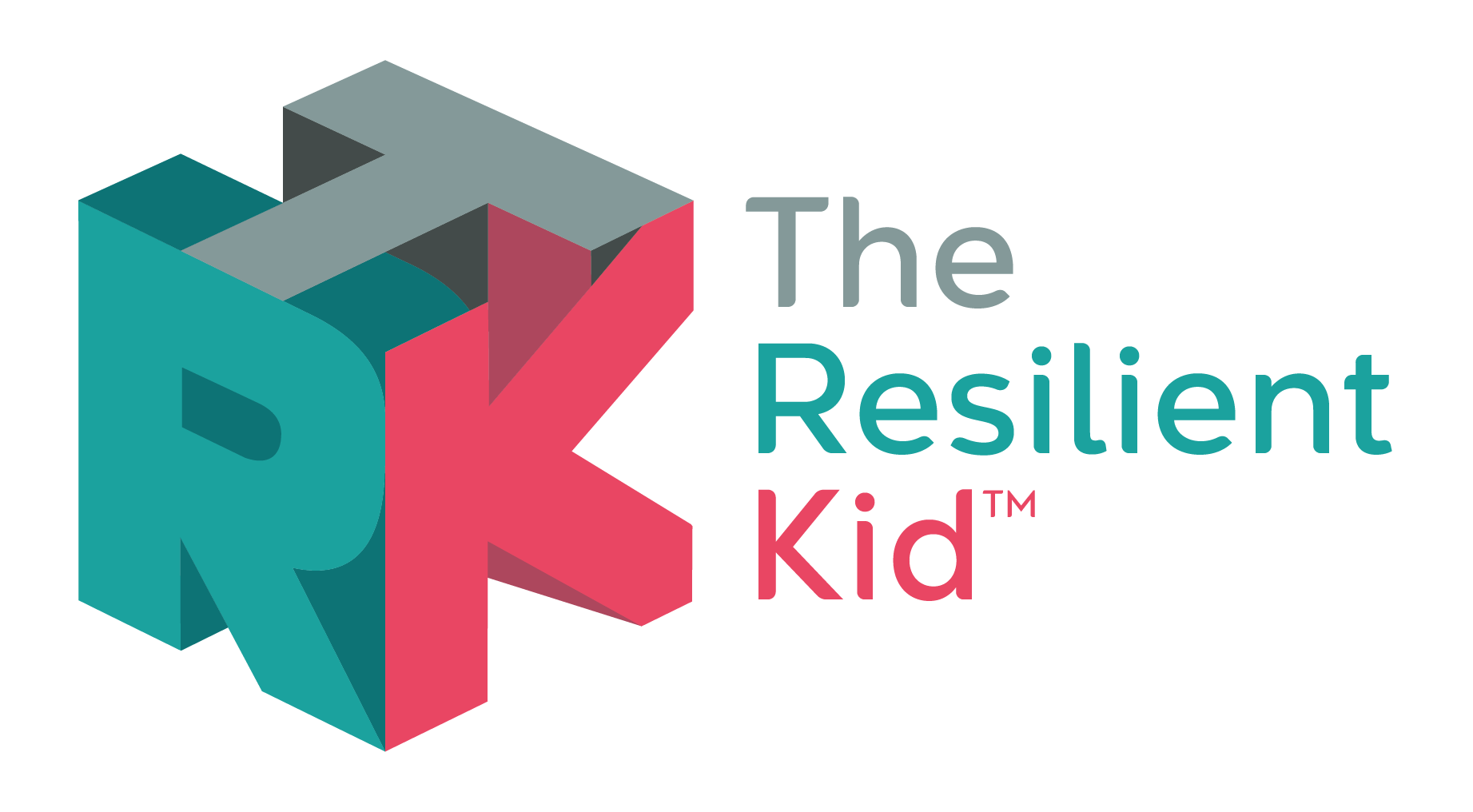Get your copy of A PARENTS GUIDE TO RAISING A RESILIENT KID --> BUY NOW

Understanding and Managing Anxiety in Children: A Comprehensive Guide
22/02/2024
In today's fast-paced world, as parents and educators must understand the complexities of anxiety in children and adolescents.
Anxiety can manifest differently in each child, making it essential to have a comprehensive understanding of its causes, symptoms, and management strategies. In this blog post, we'll delve into the intricacies of anxiety in children, providing insights and practical tips for parents and educators alike.
Understanding Anxiety:
Anxiety is a natural human response to stress or perceived danger. It can occur in anyone, regardless of age, and often manifests as feelings of fear, worry, or panic. While it's normal to experience occasional anxiety, persistent or excessive worry may indicate an underlying issue that requires attention.
Causes of Anxiety in Children:
Anxiety in children can stem from various sources, including academic pressures, social challenges, changes in the family dynamic, trauma, or exposure to distressing news or events. It's essential to recognize that what may seem trivial to adults can be significant stressors for children. Additionally, genetic predispositions, environmental factors, and past experiences can contribute to a child's susceptibility to anxiety.
Identifying Signs of Anxiety:
Recognising the signs of anxiety in children is crucial for early intervention. Physical symptoms such as stomach issues, racing heart, sweating, and changes in breathing patterns may indicate heightened anxiety. Emotionally, children experiencing anxiety may appear nervous, on edge, or self-conscious, and their behavior may reflect restlessness, difficulty concentrating, changes in eating or sleeping habits, or avoidance of certain situations.
Managing Anxiety:
Effective management of anxiety in children involves a combination of strategies aimed at addressing the root causes and providing support. Here are some practical tips for parents and educators:
- Listen and Validate: Create a supportive environment where children feel comfortable expressing their worries and fears. Listen attentively without interrupting, validate their feelings, and offer reassurance.
- Avoid Labelling: Refrain from labeling children as "anxious" or "shy," as this may reinforce negative self-perceptions. Instead, focus on their strengths and resilience while acknowledging their challenges.
- Encourage Healthy Habits: Promote a balanced diet, regular physical activity, and adequate sleep, as these factors are crucial in managing anxiety. Engage children in enjoyable activities and encourage relaxation techniques such as deep breathing or yoga.
- Maintain Open Communication: Foster ongoing communication with children about their experiences, thoughts, and feelings. Create opportunities for meaningful conversations, such as during car rides or shared activities, where children may feel more comfortable opening up.
- Seek Professional Support: If anxiety persists or significantly impacts a child's daily functioning, consider seeking help from a qualified therapist or counselor. School-based support services and community resources can also provide valuable assistance.
Conclusion:
Understanding and addressing anxiety in children requires patience, empathy, and proactive support from parents and educators. By promoting open communication, validating children's experiences, and implementing effective coping strategies, we can help children navigate their anxiety and build resilience for the future. Remember, every child is unique, and it's essential to tailor interventions to meet their individual needs. Together, we can create a supportive environment where children feel empowered to manage their anxiety and thrive.
Comments
Must be Logged In to leave comments.


